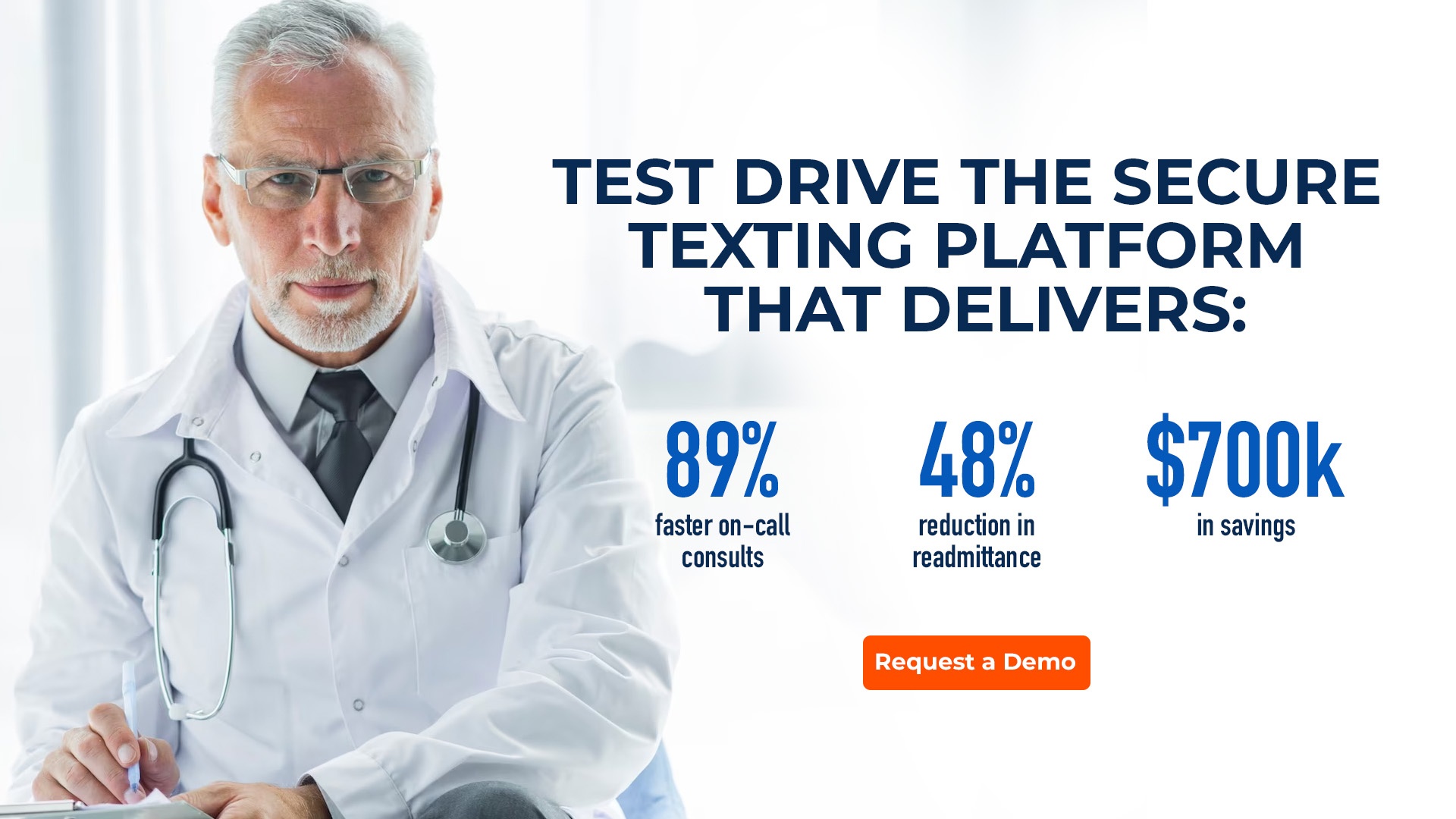Improve clinician focus by managing alerts

The digitization of healthcare has delivered more integrated care for patients and more efficient communication between clinicians. And during COVID-19, the use of virtual care has become increasingly important, supported by electronic health records and secure messaging platforms.
But the “always on” nature of digital communications, and its flood of data, can quickly lead to alert fatigue, which causes clinician burnout. Medscape, in its survey of more than 15,000 clinicians, found that 42% of clinicians experienced burnout.
What is alert fatigue?
The desensitization to alerts from the near-constant onslaught of pings and beeps experienced by clinicians has been dubbed “alert fatigue”. A study from JAMA Internal Medicine found that because of messages sent from within the EHR, clinicians spend more than an hour each day processing notifications, consisting of test results, referral responses, requests for prescription refills, and messages from other healthcare providers.
And as the volume of alerts has increased – with many from EHRs and medical devices being clinically inconsequential – clinicians become desensitized.
Pagers generate even more alerts
In an atmosphere of constant interruptions, pagers are yet another source of alert fatigue. For example, an article in BMC Health Services Research said that “A study of interns and paging determined that 26% of pages received by interns on medical services were not clinically indicated, while another 16% could have been postponed for more than an hour.” Significantly, “Residents do not have the ability to determine the urgency of calls and must respond immediately to all pages received.”
Replacing pagers with an advanced messaging platform can reduce alert fatigue and burnout. As an article in Medical Economics says, “While technology alone can’t solve clinician burnout, it can provide the means for organizations to provide better care while increasing efficiency and alleviating stress.”
Maximizing clinician concentration
Dr. Mike Fletcher, Chief Medical Officer of regional health system Hancock Health, said in an AMDIS presentation of a study that over a five-day period each clinician received on average of 8 notifications per hour, many of which were not urgent.
For Dr. Fletcher and Hancock Health, selecting an enterprise clinical communication platform that maximized clinician concentration by minimizing nonurgent communication interruptions was essential. In addition, the platform needed to eliminate pager use, comply with HIPAA, and reduce omitted and inadequate information. For Hancock, the Backline communication platform fit their needs.
About Backline
Backline is a messaging platform for health systems that goes beyond secure texting.
Backline minimizes alert fatigue by enabling senders to target a message only to team members who need to see it, such as on-call providers. Or in the case of a low priority message, the sender can distribute it to all team members without an alert. And team members receiving messages can personalize their preferences to determine how and when they are alerted, and which type of alert should be prioritized.
As a result, health systems using Backline optimize their efficiency, while increasing clinician and patient satisfaction.




